ACORD Forms
ACORD forms are used in the insurance industry to standardize the collection of information for insurance applications, quotes, and policies. Carrier questions are a section of the ACORD form that is designed to provide insurers with information about the applicant’s current or previous insurance coverage. The purpose of carrier questions is to help the insurer determine the risk associated with the applicant and the potential cost of providing coverage.
The carrier questions typically ask for information about the type of coverage the applicant currently has or had in the past, such as the policy number, effective dates, limits, deductibles, and premiums. The questions may also ask for details about any claims or losses the applicant has experienced, as well as any cancellations or non-renewals of previous insurance policies.
By gathering information about the applicant’s insurance history, the insurer can better assess the risk of providing coverage and determine the appropriate premium for the policy. Additionally, carrier questions can help prevent fraud by verifying the accuracy of the information provided by the applicant. Overall, carrier questions serve an important role in the insurance application process by helping insurers make informed decisions and provide accurate pricing for insurance policies.
The specific ACORD form that contains carrier questions will depend on the type of insurance being applied for or quoted.
For example, if you are applying for commercial property insurance, the carrier questions will be included in the ACORD 125 Commercial Insurance Application. If you are applying for personal auto insurance, the carrier questions will be included in the ACORD 90 Personal Auto Application. Similarly, other ACORD forms such as ACORD 25 Certificate of Liability Insurance, ACORD 130 Workers Compensation Application, and ACORD 140 Property Loss Notice will also contain carrier questions.
The carrier questions section in each ACORD form may vary slightly in its wording and format, but the purpose is the same

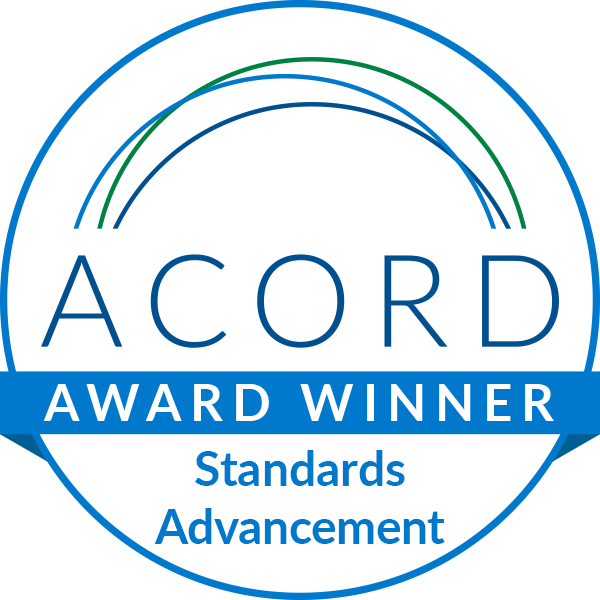

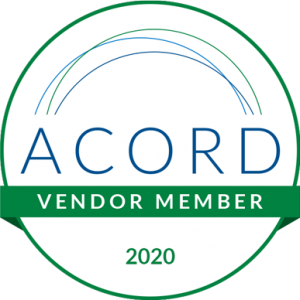
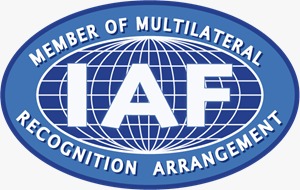
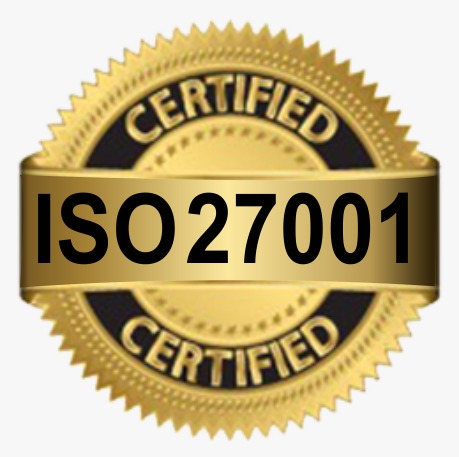
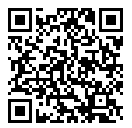
Leave A Comment